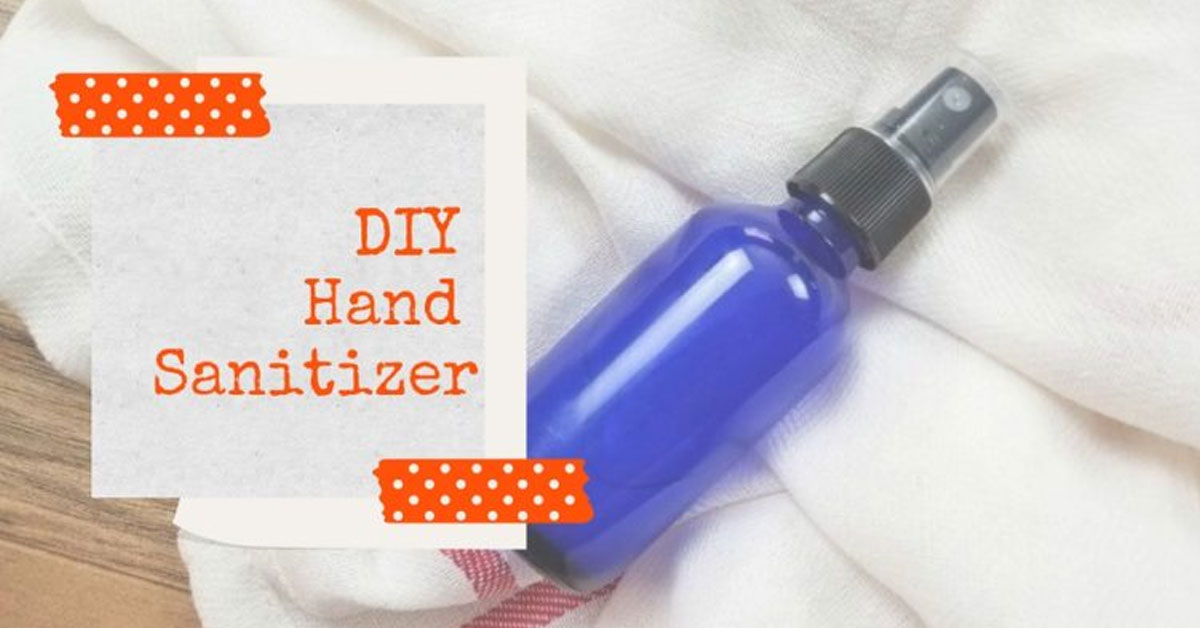I’m sure you’ve come across many articles online telling you how you could save hundreds of dollars on purchases if you just learned to DIY instead.
DIY mugs?
Reader: Oh that sounds fun!
DIY bookshelf?
Reader: Ok, that sounds a little toughe-
DIY hand sanitisers?
Reader: Wait you can make your own hand sanitisers? That would save me lots of money!
Well, I’m sorry to crush your dreams, dear reader, but using DIY hand sanitisers could actually be dangerous.
Reader: Thanks for ruining my day, Goody Feed.
That’s why we’re here.
A Local Skincare Business Explains Why You Shouldn’t DIY Hand Sanitisers
As Mothership reported, there have been several articles and posts circulating online about how one can make their own DIY hand sanitisers to guard against the Covid-19 virus.
But as with anything on the internet, these articles often feature recipes from unverified sources and may even have inaccuracies.
That’s why Hann Chia, co-founder of local skincare business Fawn Labs, took to Facebook to warn the public and “bust some myths” about the formulation of these products.
So, what’s wrong with these DIY hand sanitisers?
Incorrect ingredients
According to Chia, many of these online DIY recipes include incorrect ingredients like Vitamin E, rosemary CO2, and essential oils.
These ingredients are not preservatives, which are required “to kill any contaminants in the form of virus, bacteria, germs mould and parasites.”
She added that while one can use essential oils when making a hand sanitiser, it should be paired with solubilisers because they help to disperse the essential oils properly.
The hand sanitiser would be “completely ineffective” if the essential oils are unevenly spread, Chia said.
Here are the proper ingredients that should be used instead:
- Distilled/purified water
- Solubiliser – ingredient that allows dispersion of oil in water evenly
- Xanthan Gum
- Preservative
- Isoprophyl Alcohol or Ethyl Alcohol
Chia added that witch hazel, epsom salts and common alcohols are not solubilisers and “do nothing to disperse oil evenly in a water-based formulation.”
I know how you look now.

DIY Hand Sanitiser Could be Contaminated
Another reason Chia advises against DIY sanitisers is that many people do not have the right equipment or safety measures to ensure that the hand sanitisers they make are free from contamination.
And if they are contaminated, then bacteria and germs can easily be passed from one person to another if a sick person uses the hand sanitiser.
Concentration of Alcohol
Another reason not to make DIY hand sanitisers is that many people are not aware of the correct percentage of alcohol to use.
If it’s too low, then the sanisiter will be ineffective. But if it’s too high, it could cause dryness and irritation to the skin if it’s not paired with the right ingredients to moisturise one’s hands.
Also, these alcohols are also highly flammable and are a safety hazard if not used properly.
Lack of Access to Ingredients
Another issue with DIY hand sanitisers is that people may not have access to the necessary ingredients.
Advertisements
I mean, do you know where to purchase the right percentage of ethanol, hydrogen peroxide, glycerol or sterile distilled water off the shelf?
Probably not.
You don’t even know simi is glycerol.
So, What Should I Do?
Chia suggests washing your hands thoroughly with soap and water instead, and advises the public to stick to professionally-made hand sanitisers from stores or supermarkets if they want to use hand sanitisers.
Cleans Bottles as Well
It was noble enough of Chia to warn the public, but she did more than just that.
Advertisements
When Chia came across a call on Facebook by a volunteer group for old bottles to fill with hand sanitiser to distribute to low-income families, she was worried, because reused bottles that were not properly sterilised could often contain water contaminated with germs, rendering the sanitiser inside ineffective.
So, she decided to use her firm’s equipment to sterilise the bottles herself.
Her business, Fawn Labs, later launched a collection drive on Facebook for old bottles at their premises in a Tanjong Pagar conservation shophouse on 9 Feb.
So far, they have received more than 150 used bottles, well on the way to their goal of 650 bottles.
Ms Chia is certainly the hero we need but don’t deserve.
Reader Bao: Now I know about a company called Fawn Labs
Good for you, Mr Bao.



